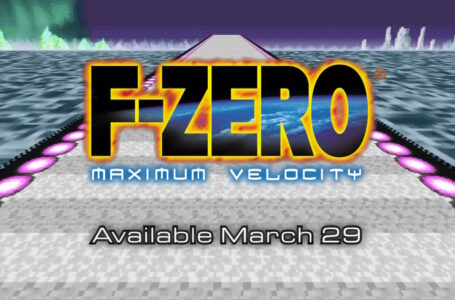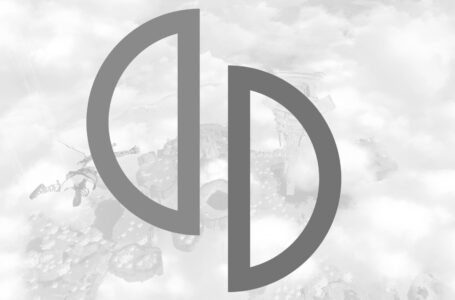Reflecting on Splatoon 3’s single player after beating it
After providing some initial impressions on Splatoon 3’s single player last week, I thought I’d return to the subject after completing it over the weekend. Although my feelings on the game haven’t changed — it’s still a great single-player experience that a lot of people are likely to pass over, and that’s a crying shame — there are a bunch of interesting things I discovered that are worth talking about a bit more.
Oh, and there may be a few spoilers ahead if you care about Splatoon’s story. Although one thing I will note about Splatoon 3’s single-player mode is that it actually does have a rather interesting story that gradually comes to light as you play — and it’s quite a bit more explicit than the vague hints we’ve had in the previous games, too.
In fact, let’s get right into that up front. Splatoon 3’s single-player mode, also known as Return of the Mammalians, tells the story of humanity’s extinction and how they were replaced with the series’ “marine” creatures who can’t actually fall into water without disintegrating.
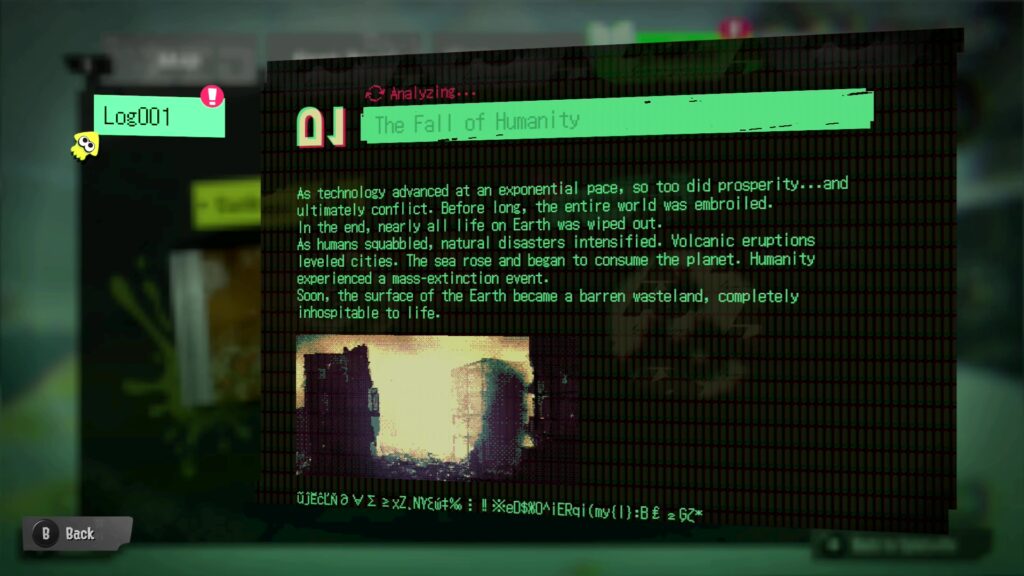
It transpires that the epicentre of the cataclysmic events which caused the extinction of humanity had actually been lying beneath the Splatlands for many years, and it’s only after you begin investigating the mysterious “fuzzy ooze” that has been showing up alongside the disappearance of the Great Zapfish that this starts coming to light.
The last bastion of humanity, it seems, was a domed city called Alterna, where it’s obvious that the last remnants of humanity were somewhat in denial, since the various regions are all called things like “Cosy and Safe Factory” and the “Happiness Research Institute”. And dominating the region is an enormous unlaunched rocket which, as you might expect, ends up forming the centrepiece to the game’s finale.
As you complete the various missions throughout Alterna, you unlock Alterna Logs, which, piece by piece, tell the story of Alterna’s last days, and how the marine life of the world stopped being… marine. It actually ends up being a rather interesting tale, and it makes the main villain’s motivations somewhat more understandable — even if his methods of fulfilling his goals are somewhat questionable — and, in a rather nice touch, tied in with the game’s cooperative Salmon Run mode.
Ultimately, though, Splatoon 3’s single-player mode is a mechanics-centric experience that is mostly akin to Splatoon 2’s Octo Expansion — which, in retrospect, was clearly a testing ground for what would become Splatoon 3’s single-player mode.
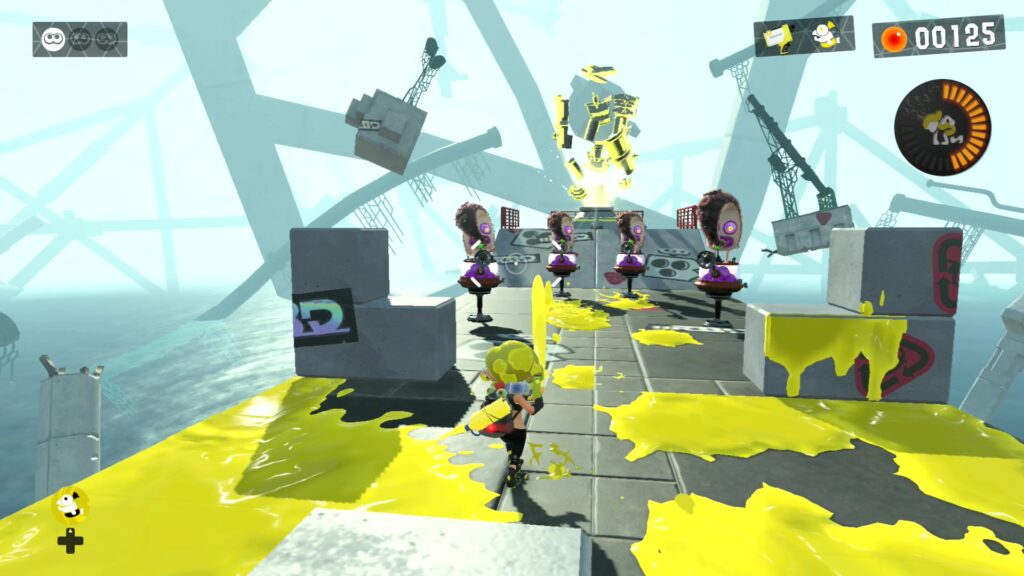
As we talked about in our initial impressions of the game, Splatoon 3’s single-player levels are a little different from the formula established by the first two games. Rather than simply making your way through a linear stage to a goal point, each stage is designed to test a particular skill via some means. More often than not, that still involves reaching a goal point, but not always — and even in the cases where it does, the level is designed in such a way that you’ll have to make use of particular skills, weapons or items in order to progress.
Where Splatoon 3 is at its most interesting is where it gives you extremely specific one-off things to do that are quite unlike anything else in the game. Particular highlights include a stage where you have to accurately shoot boxes in order to “sculpt” a figure that matches something on the other side of the level; a stage that is entirely based on hitting targets with an explosive bow and arrow while grinding along ride rails; and a couple of stages that demand you use the new “Zipcaster” item to Spiderman your way around a stage that would be impossible to traverse via conventional means.
Much like the previous Splatoon single-player modes, Splatoon 3’s single-player is gradually teaching you the best way to use all the various items and weapons you’ll come across in the multiplayer mode — and it’s doing so through means other than simply battling and platforming.
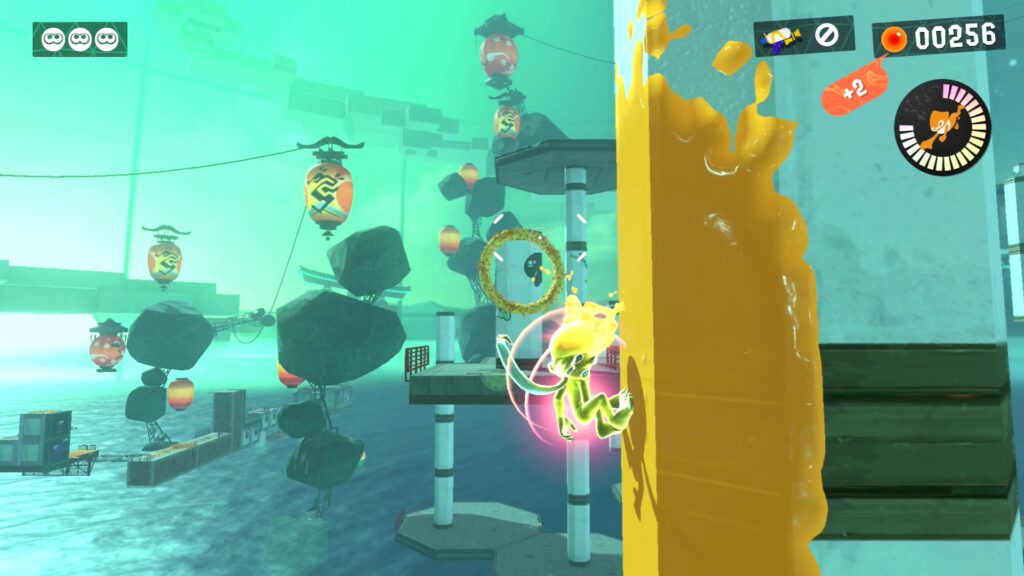
The aforementioned grinding and target-shooting stage, for example, emphasises being able to quickly and accurately aim at targets while moving, as well as making good use of splash damage. The exact circumstances of this stage never appear in multiplayer, since there are no ride rails to grind along, but the skills of being able to move and aim accurately simultaneously is undoubtedly useful. In other words, Splatoon 3’s multiplayer never feels like an extended tutorial; instead, it naturally and organically teaches you skills you’ll need to survive.
If I had to lob out a criticism, it would be that the boss fights are a little weak this time around. There are five of them in total, and they’re all pretty easy — particularly if you remember to pay attention to the skill tree. Notably, the fourth boss of the game is laughably straightforward if you’ve unlocked the ability to highlight targets on screen, since although he splits into several different pieces, the “correct” one you need to hit is always highlighted in a different colour. This pretty much eliminates all challenge from the encounter whatsoever — arguably in keeping with the boss’ character, but not the best for making a compelling experience.
The final boss is great, however. Unfolding across several different stages and challenging you to use a number of different skills you’ve learned over the course of the game, this is one of the Splatoon series’ best finales. I won’t spoil the specifics of it for those who are yet to see it, but when the banging beats of Calamari Inkantation fire up to accompany the action for the grand finale once again, you’ll be on the edge of your seat. It’s a delight.
There’s also a “secret” level that unlocks after you beat the main story. It’s not something you need to beat — your reward for doing so is a silly accessory and the last Alterna Log — but completing it is certainly worthy of bragging rights, since it’s monstrously difficult. Taking the form of an enormously long level that will test absolutely everything you’ve been learning over the course of the game, it’s absolutely not something you will beat immediately, but you’ll want to keep trying.
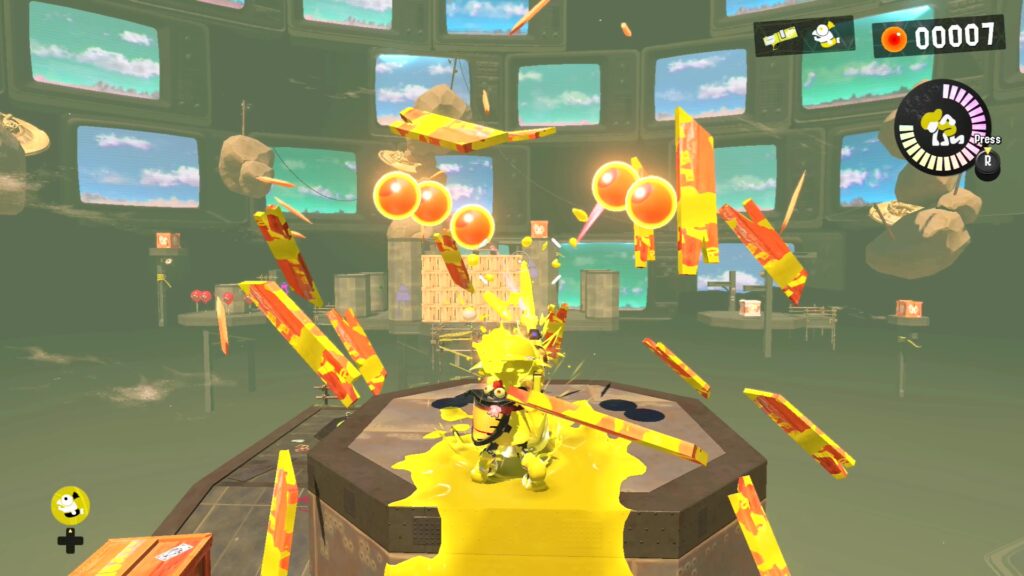
All in all, Splatoon’s single-player will probably last most people about 8-10 hours, not including the secret level, which could easily take a good few hours to truly master by itself. There’s a good challenge curve as the game progresses; it starts quite easy but gets noticeably tougher as you proceed through the various areas, but it successfully keeps pace with how most people’s skill levels will likely develop as they continue to engage with the game.
Slightly underwhelming boss fights aside, then, Splatoon 3’s single-player definitely lived up to expectations, and is once again well worth spending some time with if you can drag yourself away from the multiplayer. It’s also nice to see Nintendo taking Splatoon’s lore admirably seriously; there’s a thoroughly interesting setting here, and it’s cool to see that it’s clearly been thought about in more depth than simply “there’s kids, right, who are also squids”. It’ll certainly be interesting to see where the series goes from here.
Splatoon 3 is out now for Nintendo Switch both physically and digitally.
Join The Discussion
Rice Digital Discord
Rice Digital Twitter
Rice Digital Facebook
Or write us a letter for the Rice Digital Friday Letters Page by clicking here!
Disclosure: Some links in this article may be affiliate links, which means we may earn a small commission if you make a purchase after clicking on them. This is at no additional cost to you and helps support Rice Digital!
- Letter from the Editor: passing the torch - June 30, 2023
- Super Woden GP 2 is looking promising - June 30, 2023
- Inti Creates is making a 32 bit-style Love Live action platformer - June 26, 2023





